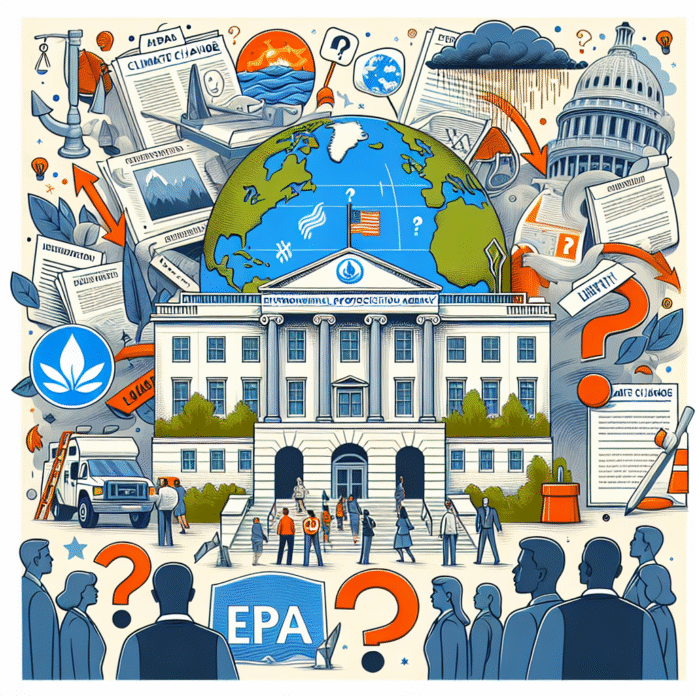Can the EPA Regulate Climate Change
The Washington Post
Can the EPA Regulate Climate Change?
The Environmental Protection Agency (EPA) plays a critical role in the United States’ efforts to combat climate change. Established in 1970, the EPA’s mission is to protect human health and the environment, which includes addressing the impacts of climate change. However, the question of whether the EPA can effectively regulate climate change has been a topic of ongoing debate among policymakers, environmentalists, and legal experts.
Authority Under the Clean Air Act
The EPA’s authority to regulate greenhouse gases stems primarily from the Clean Air Act, a comprehensive federal law designed to regulate air emissions from stationary and mobile sources. In a landmark 2007 decision, the Supreme Court ruled in Massachusetts v. EPA that the agency has the authority to regulate carbon dioxide and other greenhouse gases as pollutants if they are found to endanger public health or welfare. This ruling provided a legal foundation for the EPA to implement regulations aimed at reducing greenhouse gas emissions.
Regulatory Actions
In recent years, the EPA has taken several significant steps to address climate change. Under the Obama administration, the agency introduced the Clean Power Plan, which aimed to reduce carbon emissions from power plants. However, this initiative faced legal challenges and was ultimately repealed during the Trump administration. In 2021, the Biden administration signaled a renewed commitment to climate action, with the EPA proposing new regulations to limit emissions from various sectors, including transportation and industry.
Challenges and Limitations
Despite its authority, the EPA faces numerous challenges in regulating climate change. Political opposition, legal hurdles, and the complexity of the regulatory process can hinder the agency’s ability to implement effective measures. Additionally, the EPA’s regulations must often undergo extensive review and public comment periods, which can delay action in the face of an urgent climate crisis.
Moreover, the EPA’s regulatory framework is often criticized for being reactive rather than proactive. Many experts argue that the agency needs to adopt a more comprehensive and forward-thinking approach to address the multifaceted nature of climate change.
Collaboration and State Initiatives
To enhance its effectiveness, the EPA has increasingly sought to collaborate with state governments, local agencies, and private sector stakeholders. Many states have taken the initiative to implement their own climate policies, setting ambitious targets for emissions reductions and investing in renewable energy sources. This decentralized approach can complement federal regulations and provide innovative solutions to climate challenges.
The Role of Public Engagement
Public engagement is also crucial in the fight against climate change. The EPA encourages citizen participation in its regulatory processes, allowing communities to voice their concerns and influence policy decisions. Grassroots movements and advocacy groups play an essential role in raising awareness about climate issues and pushing for stronger regulations at both the federal and state levels.
Looking Ahead
As climate change continues to pose a significant threat to ecosystems, economies, and public health, the role of the EPA will remain vital. The agency must navigate political landscapes, legal challenges, and public expectations while striving to implement effective regulations that address the urgency of the climate crisis. Future efforts will likely involve a combination of federal initiatives and state-level innovations, harnessing the collective action needed to combat climate change effectively.
In conclusion, while the EPA has the authority to regulate climate change under the Clean Air Act, its ability to do so effectively is contingent upon a variety of factors, including political will, public support, and collaborative efforts across different levels of government and society.


